Jar tomato paste is a highly versatile and popular ingredient commonly used in numerous culinary dishes across the globe. It is made by concentrating tomatoes to a thick, rich consistency and then packaging it in a jar for convenient storage and long shelf life. Tomato paste is a staple in many cuisines and is known for its intense flavor and vibrant color. It adds depth, richness, and a concentrated tomato taste to dishes, making it a valuable addition to a wide range of recipes. It is commonly used in pizza and pasta sauces, soups, stews, chili, and various other savory dishes. The process of making jar tomato paste involves selecting ripe, high-quality tomatoes, removing the skin and seeds, and then slowly cooking the remaining pulp until it reaches a desired thickness. The cooked pulp is then strained to remove any remaining solids before being packaged in jars for distribution. One of the reasons jar tomato paste is preferred over other forms is its convenience. It can be easily stored in the pantry for extended periods, eliminating the need for refrigeration before opening. This makes it a popular choice for home cooks and commercial kitchens alike, offering flexibility in meal preparation. Another advantage of jar tomato paste is its affordability. It is often cheaper than fresh tomatoes, especially during seasons when fresh tomatoes are not as readily available. This makes it an accessible option for consumers on a budget without compromising on flavor.
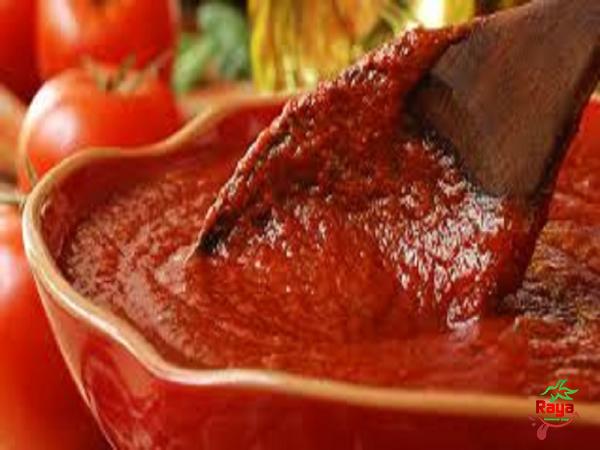
tomato paste
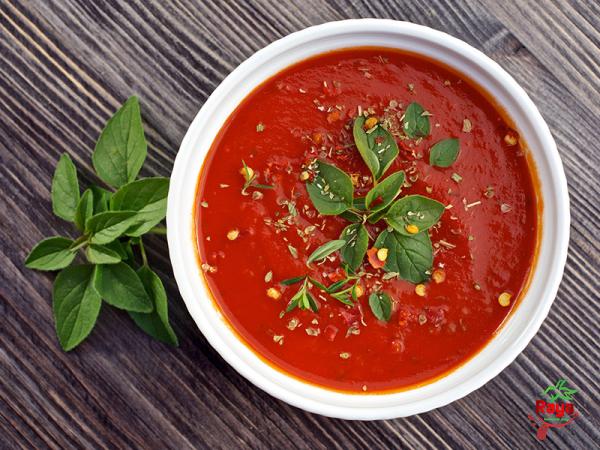 The flavor profile of jar tomato paste is concentrated and intense. It has a sweet and tangy taste with a hint of acidity that adds depth and complexity to dishes. The paste acts as a flavor enhancer, providing a bold tomato taste without overwhelming the other ingredients in a recipe. In addition to its culinary uses, tomato paste is also valued for its nutritional benefits. It is a rich source of vitamins A and C, as well as antioxidants like lycopene. These compounds have been linked to various health benefits, including reduced risk of certain cancers, improved heart health, and enhanced immune function. When using jar tomato paste in recipes, it is important to keep a few considerations in mind. Since it is highly concentrated, a little goes a long way, and it should be added gradually to achieve the desired flavor. It is also advisable to dilute it with water or other liquids, especially when used as a base for sauces, to prevent overwhelming the dish with a strong tomato taste. When shopping for jar tomato paste, it is crucial to read the label and choose a reputable brand that uses high-quality ingredients. Some brands may contain additives, preservatives, or artificial flavors that can alter the taste and quality of the product. Opting for organic or all-natural options can ensure a more authentic and wholesome taste.
The flavor profile of jar tomato paste is concentrated and intense. It has a sweet and tangy taste with a hint of acidity that adds depth and complexity to dishes. The paste acts as a flavor enhancer, providing a bold tomato taste without overwhelming the other ingredients in a recipe. In addition to its culinary uses, tomato paste is also valued for its nutritional benefits. It is a rich source of vitamins A and C, as well as antioxidants like lycopene. These compounds have been linked to various health benefits, including reduced risk of certain cancers, improved heart health, and enhanced immune function. When using jar tomato paste in recipes, it is important to keep a few considerations in mind. Since it is highly concentrated, a little goes a long way, and it should be added gradually to achieve the desired flavor. It is also advisable to dilute it with water or other liquids, especially when used as a base for sauces, to prevent overwhelming the dish with a strong tomato taste. When shopping for jar tomato paste, it is crucial to read the label and choose a reputable brand that uses high-quality ingredients. Some brands may contain additives, preservatives, or artificial flavors that can alter the taste and quality of the product. Opting for organic or all-natural options can ensure a more authentic and wholesome taste.
Specifications of tomato paste
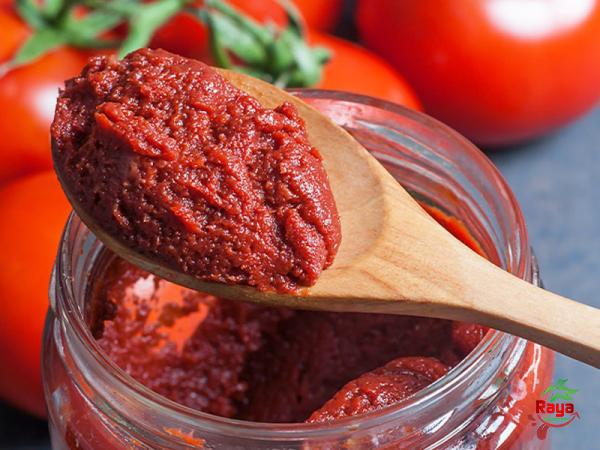 In conclusion, jar tomato paste is a versatile and widely used ingredient in the culinary world. Its convenience, affordability, and intense flavor make it a popular choice for home cooks and professional chefs alike. Whether used as a base for sauces, added to soups and stews, or incorporated into a wide range of dishes – jar tomato paste brings depth and complexity to recipes, elevating their taste and providing a vibrant tomato flavor.Title: The Business of Jar Tomato Paste – An Overview Introduction: The jar tomato paste industry is a thriving sector within the food processing industry, catering to the demand for convenient, versatile, and flavorful tomato-based products. In this article, we will delve into various aspects of the business of jar tomato paste, including production, distribution, marketing, and emerging trends in the market. 1. Production Process and Supply Chain: The production of jar tomato paste involves sourcing high-quality tomatoes, processing them into a thick pulp, and packaging them in jars for distribution. To ensure a steady supply of tomatoes, tomato paste manufacturers often establish relationships with local farmers or cultivate their own tomato fields. A well-managed supply chain is essential to maintain a consistent production flow and meet market demands. 2. Quality Control: Maintaining high-quality standards is crucial in the jar tomato paste industry. Producers need to focus on selecting fresh, ripe tomatoes, ensuring proper processing techniques, and following strict hygiene standards throughout the production process. Regular quality checks and inspections help identify any deviations or defects, ensuring that the end product meets consumer expectations. 3. Packaging and Shelf Life: Packaging plays a crucial role in the success of jar tomato paste products. The industry has embraced glass jars as the preferred packaging option due to their ability to preserve the quality and flavor of the paste, while also being visually appealing to consumers. Additionally, glass jars are recyclable, aligning with sustainability trends. Extending the shelf life of jar tomato paste is achieved through proper sterilization techniques and the addition of preservatives that comply with food safety regulations.
In conclusion, jar tomato paste is a versatile and widely used ingredient in the culinary world. Its convenience, affordability, and intense flavor make it a popular choice for home cooks and professional chefs alike. Whether used as a base for sauces, added to soups and stews, or incorporated into a wide range of dishes – jar tomato paste brings depth and complexity to recipes, elevating their taste and providing a vibrant tomato flavor.Title: The Business of Jar Tomato Paste – An Overview Introduction: The jar tomato paste industry is a thriving sector within the food processing industry, catering to the demand for convenient, versatile, and flavorful tomato-based products. In this article, we will delve into various aspects of the business of jar tomato paste, including production, distribution, marketing, and emerging trends in the market. 1. Production Process and Supply Chain: The production of jar tomato paste involves sourcing high-quality tomatoes, processing them into a thick pulp, and packaging them in jars for distribution. To ensure a steady supply of tomatoes, tomato paste manufacturers often establish relationships with local farmers or cultivate their own tomato fields. A well-managed supply chain is essential to maintain a consistent production flow and meet market demands. 2. Quality Control: Maintaining high-quality standards is crucial in the jar tomato paste industry. Producers need to focus on selecting fresh, ripe tomatoes, ensuring proper processing techniques, and following strict hygiene standards throughout the production process. Regular quality checks and inspections help identify any deviations or defects, ensuring that the end product meets consumer expectations. 3. Packaging and Shelf Life: Packaging plays a crucial role in the success of jar tomato paste products. The industry has embraced glass jars as the preferred packaging option due to their ability to preserve the quality and flavor of the paste, while also being visually appealing to consumers. Additionally, glass jars are recyclable, aligning with sustainability trends. Extending the shelf life of jar tomato paste is achieved through proper sterilization techniques and the addition of preservatives that comply with food safety regulations.
buy tomato paste
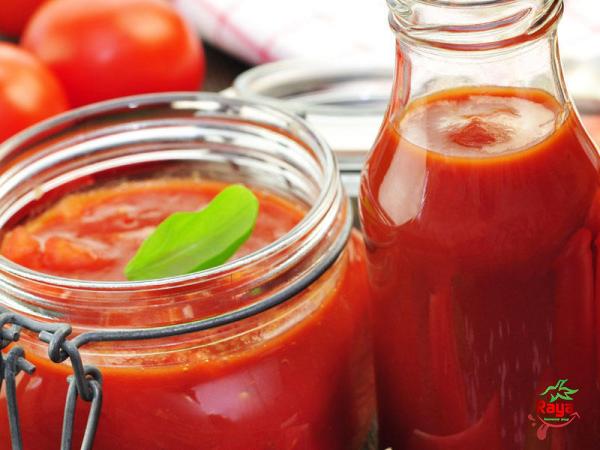 4. Market Trends and Consumer Preferences: In recent years, there has been a shift in consumer preferences towards natural, organic, and all-natural jar tomato paste products. Health-conscious consumers are actively seeking products with no additives, preservatives, or artificial flavors. To cater to this growing demand, many manufacturers have introduced organic and all-natural options. Additionally, consumers are also looking for gluten-free and vegan-friendly options, presenting opportunities for niche market segments. 5. Global Market Overview: The global market for jar tomato paste is experiencing steady growth, driven by factors such as increasing urbanization, changing consumer lifestyles, and the proliferation of international cuisines. Europe and North America have traditionally been the largest markets, but emerging economies in Asia, Latin America, and Africa are also witnessing significant growth due to increasing disposable incomes and expanding food industries. 6. Distribution Channels: Jar tomato paste products reach consumers through various distribution channels, including supermarkets, grocery stores, online retail platforms, and foodservice providers. Manufacturers often establish partnerships with distributors to ensure wider market coverage and efficient logistics. In recent years, the rise of e-commerce has provided companies with opportunities to directly deliver products to consumers’ doorsteps. 7. Marketing and Branding Strategies: In a competitive market, effective marketing and branding strategies are crucial for jar tomato paste manufacturers to differentiate their products and build brand loyalty. Companies utilize various marketing channels, including television commercials, online advertisements, social media campaigns, and recipe collaborations with renowned chefs or influencers to showcase the versatility and benefits of their products. 8. Industry Regulations and Compliance: The jar tomato paste industry is subject to various regulations and compliance standards that ensure consumer safety and maintain product quality. Manufacturers need to adhere to food safety regulations, labeling requirements, and quality control standards imposed by government bodies and international organizations. Compliance is key to building trust with consumers and maintaining a positive brand reputation. 9. Research and Development: To stay competitive and meet evolving consumer demands, companies invest in research and development activities within the jar tomato paste industry. R&D efforts focus on improving production techniques, developing new flavor profiles, exploring innovative packaging solutions, and enhancing the nutritional value of the product. Collaboration with research institutions and partnerships with ingredient suppliers help drive these advancements. 10. Future Outlook and Opportunities: The jar tomato paste industry is poised for continued growth, driven by factors such as increasing consumer demand for convenience foods, growing awareness of the health benefits of tomatoes, and the development of new flavor profiles. Opportunities for expansion exist in untapped markets, product diversification, and the development of value-added products such as organic, low-sodium, and specialty flavored tomato pastes. Conclusion: The jar tomato paste industry is a dynamic and thriving sector within the food processing industry, catering to the demand for a versatile and flavorful ingredient. To succeed in the market, manufacturers must prioritize quality control, embrace emerging trends, invest in research and development, and adopt effective marketing strategies. With the growing global demand for convenient and flavorful ingredients, the future of jar tomato paste looks promising, presenting numerous opportunities for innovation and market expansion.
4. Market Trends and Consumer Preferences: In recent years, there has been a shift in consumer preferences towards natural, organic, and all-natural jar tomato paste products. Health-conscious consumers are actively seeking products with no additives, preservatives, or artificial flavors. To cater to this growing demand, many manufacturers have introduced organic and all-natural options. Additionally, consumers are also looking for gluten-free and vegan-friendly options, presenting opportunities for niche market segments. 5. Global Market Overview: The global market for jar tomato paste is experiencing steady growth, driven by factors such as increasing urbanization, changing consumer lifestyles, and the proliferation of international cuisines. Europe and North America have traditionally been the largest markets, but emerging economies in Asia, Latin America, and Africa are also witnessing significant growth due to increasing disposable incomes and expanding food industries. 6. Distribution Channels: Jar tomato paste products reach consumers through various distribution channels, including supermarkets, grocery stores, online retail platforms, and foodservice providers. Manufacturers often establish partnerships with distributors to ensure wider market coverage and efficient logistics. In recent years, the rise of e-commerce has provided companies with opportunities to directly deliver products to consumers’ doorsteps. 7. Marketing and Branding Strategies: In a competitive market, effective marketing and branding strategies are crucial for jar tomato paste manufacturers to differentiate their products and build brand loyalty. Companies utilize various marketing channels, including television commercials, online advertisements, social media campaigns, and recipe collaborations with renowned chefs or influencers to showcase the versatility and benefits of their products. 8. Industry Regulations and Compliance: The jar tomato paste industry is subject to various regulations and compliance standards that ensure consumer safety and maintain product quality. Manufacturers need to adhere to food safety regulations, labeling requirements, and quality control standards imposed by government bodies and international organizations. Compliance is key to building trust with consumers and maintaining a positive brand reputation. 9. Research and Development: To stay competitive and meet evolving consumer demands, companies invest in research and development activities within the jar tomato paste industry. R&D efforts focus on improving production techniques, developing new flavor profiles, exploring innovative packaging solutions, and enhancing the nutritional value of the product. Collaboration with research institutions and partnerships with ingredient suppliers help drive these advancements. 10. Future Outlook and Opportunities: The jar tomato paste industry is poised for continued growth, driven by factors such as increasing consumer demand for convenience foods, growing awareness of the health benefits of tomatoes, and the development of new flavor profiles. Opportunities for expansion exist in untapped markets, product diversification, and the development of value-added products such as organic, low-sodium, and specialty flavored tomato pastes. Conclusion: The jar tomato paste industry is a dynamic and thriving sector within the food processing industry, catering to the demand for a versatile and flavorful ingredient. To succeed in the market, manufacturers must prioritize quality control, embrace emerging trends, invest in research and development, and adopt effective marketing strategies. With the growing global demand for convenient and flavorful ingredients, the future of jar tomato paste looks promising, presenting numerous opportunities for innovation and market expansion.

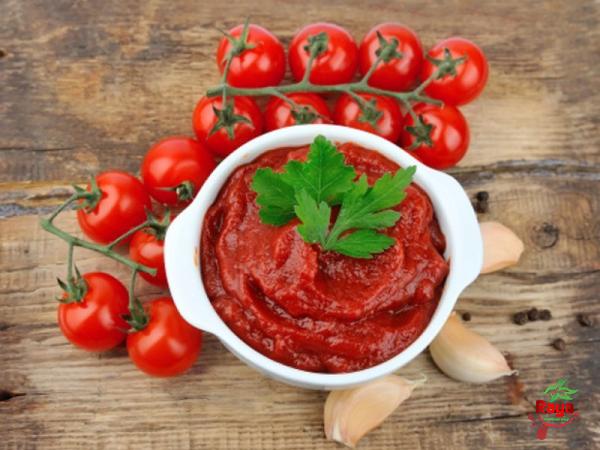
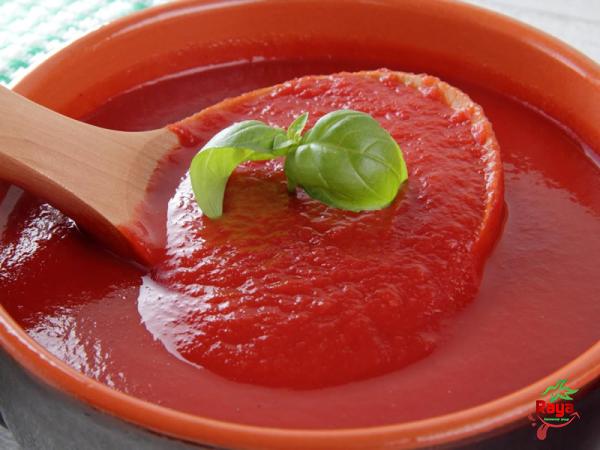
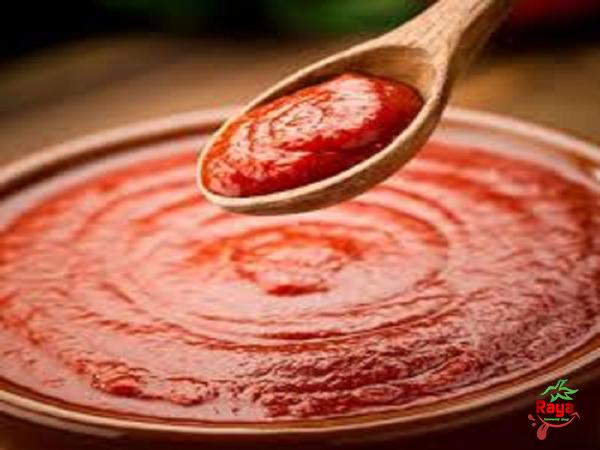

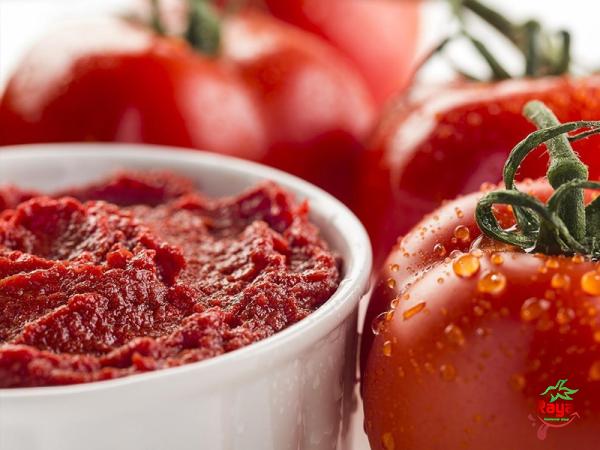
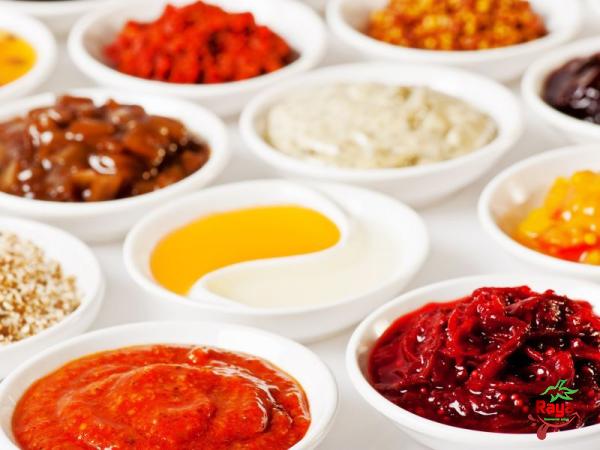


Your comment submitted.